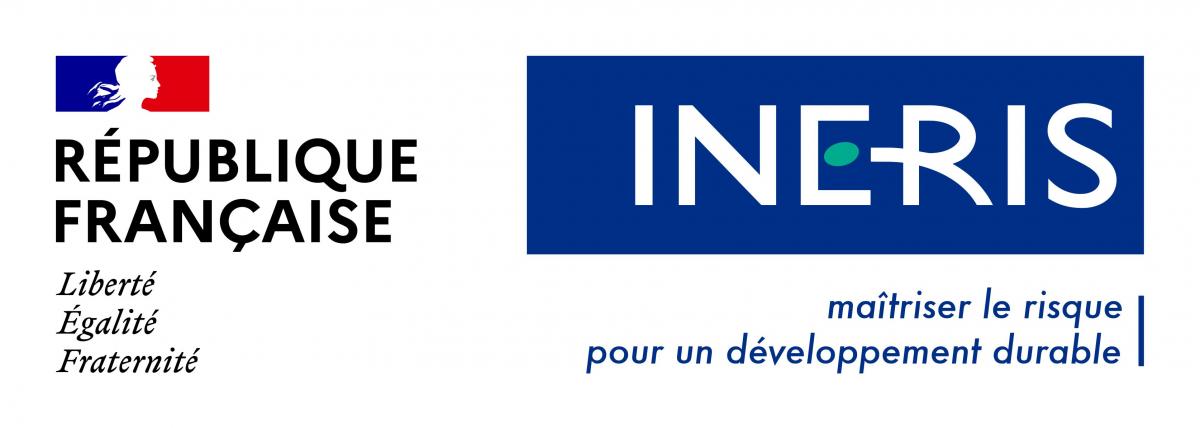An anisotropic elastoplastic model for geomaterials and numerical implementation
Résumé
An anisotropic constitutive model is proposed in this paper accounting for both structural anisotropy and induced anisotropic plasticity. It is assumed that the rock is composed of a matrix and of potential planes of weakness. The matrix is assumed to be linear, transversely isotropic and the plasticity is described by a non linear yield function where the parameters are deduced from the nonlinear Hoek-Brown envelopes in pre- and post-peak, and derived from the laboratory characterization. A non-associated flow rule is used with a distinction between compression and extensional stress paths, as well as the absence of volumetric strain beyond large plastic distortion. The planes of weakness are considered as known a priori or assumed to be oriented perpendicular to the direction of the current minor principal stress. An elastic-perfectly plastic behavior according to the Mohr-Coulomb criterion is assumed in the planes of weakness; while the elastic part is considered as linear and transversely isotropic. Finally, the proposed model was implemented in FLAC3D and used to simulate triaxial compressions to provide a verification of the implementation. The applicability of the implemented model to reproduce damage (pre-peak) and/or failure developments around a circular opening is checked. The GCS drift, one of the mine-by experiments set up at the main level of the Meuse/Haute-Marne Underground Research Laboratory, is selected for this first application.
Domaines
Sciences de la Terre
Origine : Fichiers produits par l'(les) auteur(s)
Loading...
